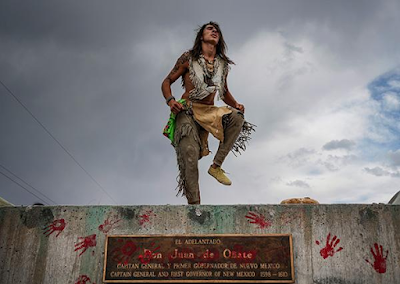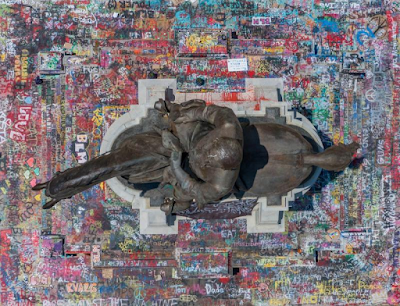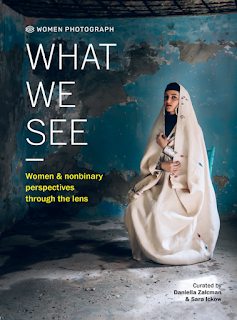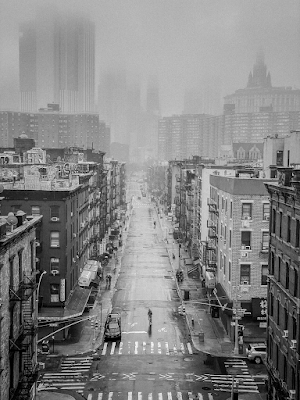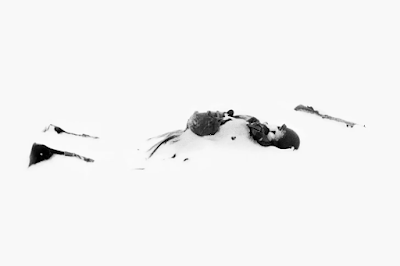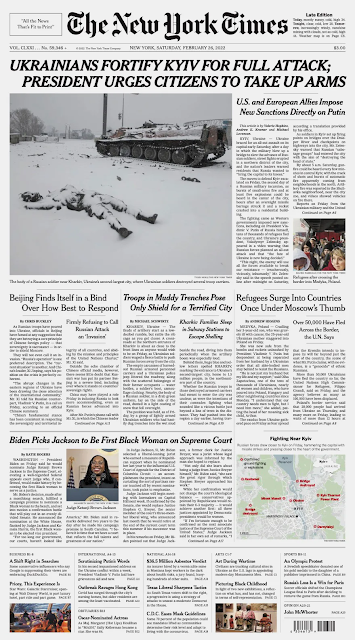Oct. 26, 2023
BYU’s Museum of Art debuted its new exhibit “Life: Six Women Photographers” earlier this month, highlighting six influential women photographers’ work from the 1930s to the 1970s.
The exhibit features the work of photojournalists Margaret Bourke-White, Hansel Mieth, Marie Hansen, Nina Leen, Martha Holmes and Lisa Larsen.
Featured within the new installation are a variety of photos, such as Marie Hansen’s photo essay showcasing the 20th century Women’s Army Auxiliary Corps, and Margaret Bourke-White’s photographs depicting the impact of the American economic depression on the people of the 1930s. Photographer Nina Leen highlights the work of women and mothers, while portraits of Hollywood personalities are featured in Martha Holmes’ photos of Billy Eckstine. Hansel Mieth’s photos focus on depicting the reality of labor forces and the experiences of the general public.
BYU students, local community members and visitors now have the opportunity to visit the Museum of Art’s new exhibit and appreciate the talent of these six female photojournalist pioneers.
“I think it’s cool that we’re honoring female photographers,” Sally Bradshaw, a BYU junior, said.
Bradshaw continued to describe the photos in the exhibit as “down to earth.”
“They capture very emotional moments, it seems. It’s pretty inspirational,” BYU student Logan Berry said.
Life Magazine, which ran weekly from 1883 to 1972 and monthly from 1978 to 2000, focused on showing “The Most Iconic Photographs of All Time,” according to Life Magazine‘s website.
The “Life: Six Women Photographers” exhibit at the BYU Museum of Art gives visitors the opportunity to witness for themselves the photographs of the six featured photographers. The exhibit displays photos both published and unpublished by Life.
“It’s like a crazy cool opportunity to be able to see these things that at one point were just in a magazine but are now really important,” BYU student Katy Turner said.
Turner continued to express interest in the past and future BYU Museum of Art photography shows because of the focus on important events.
“A lot of times we try to make it a focus and like a point to remember prominent women in history or maybe women in history who were amazing but we don’t really know about,” Bradshaw said. “I think it’s really cool that BYU wants to give a space to that because we’re all about honoring amazing people.”
“Life: Six Women Photographers” was organized by the New-York Historical Society and will be on display in the BYU Museum of Art until Feb. 3, 2024.
There will be a panel discussion discussing the exhibit and photography, art history and journalism on Thursday, Oct. 26 at the Museum of Art. BYU professors and faculty members Heather Belnap, Melissa Gibbs and Paul Adams will be presenting.
Museum of Art educator Liz Donakey will also host a gallery talk regarding the exhibit on Wednesday, Nov. 29.
Students can schedule a tour of the exhibit on the Museum of Art website.
Related exhibit: The LIFE Photographers




